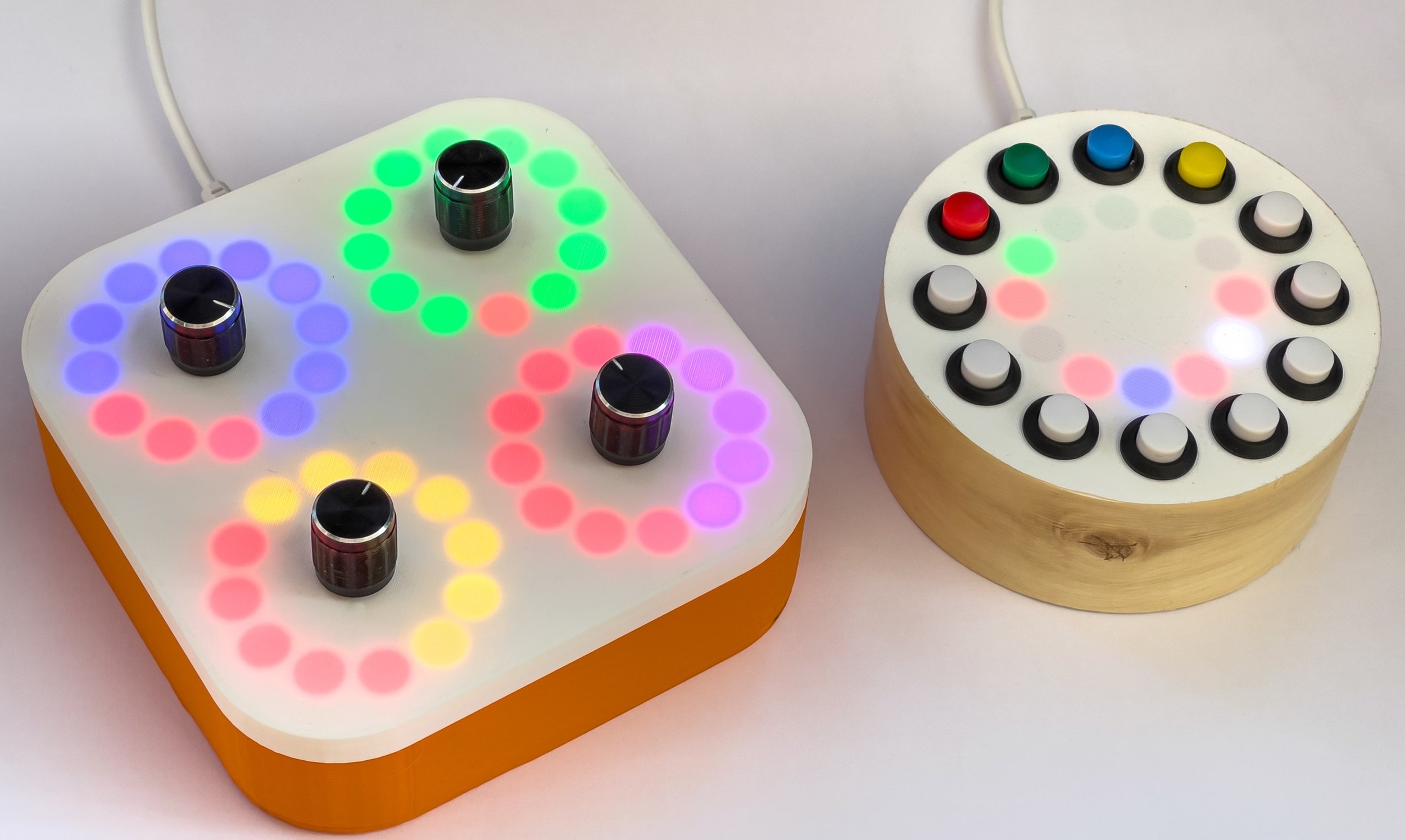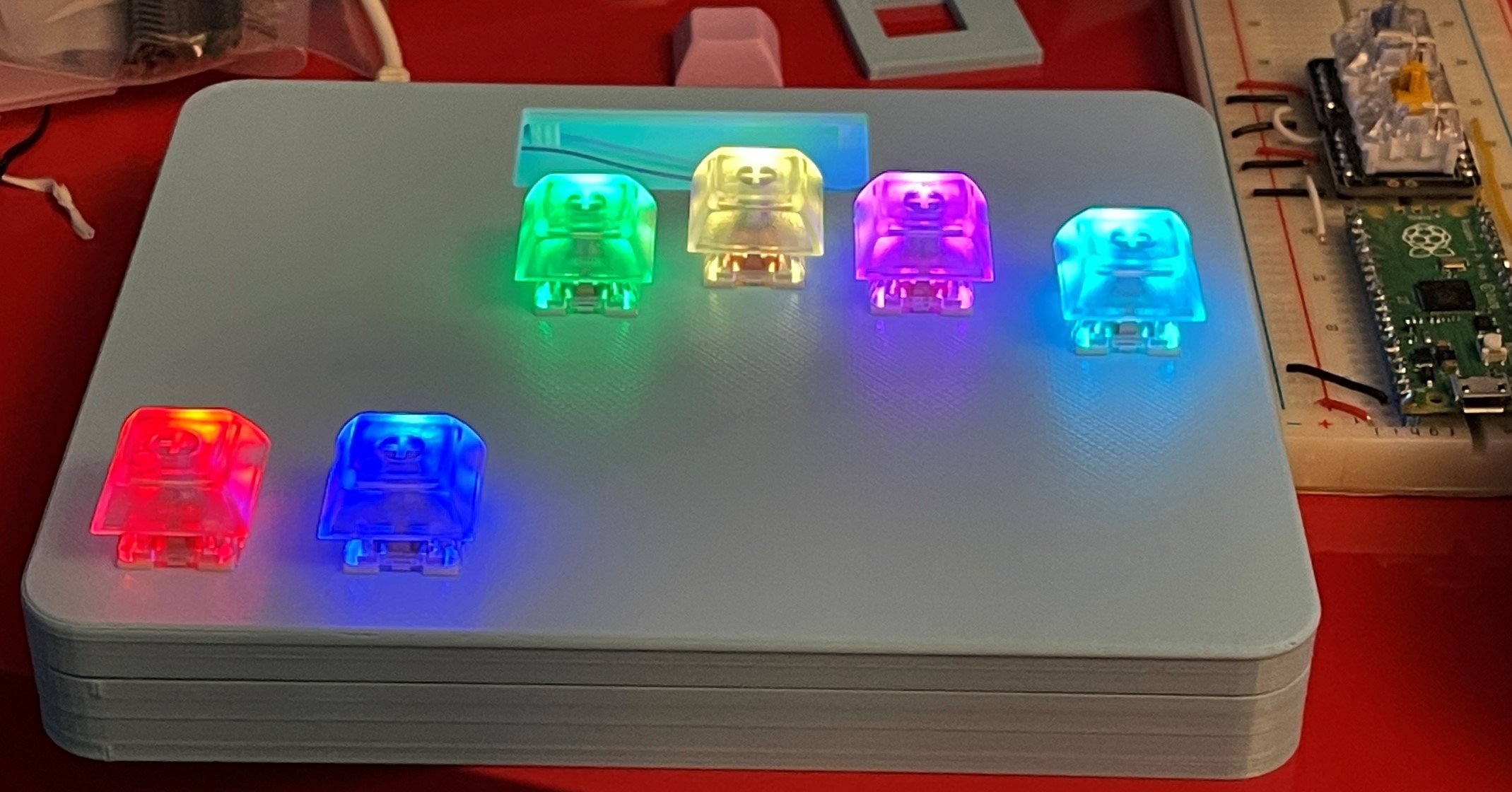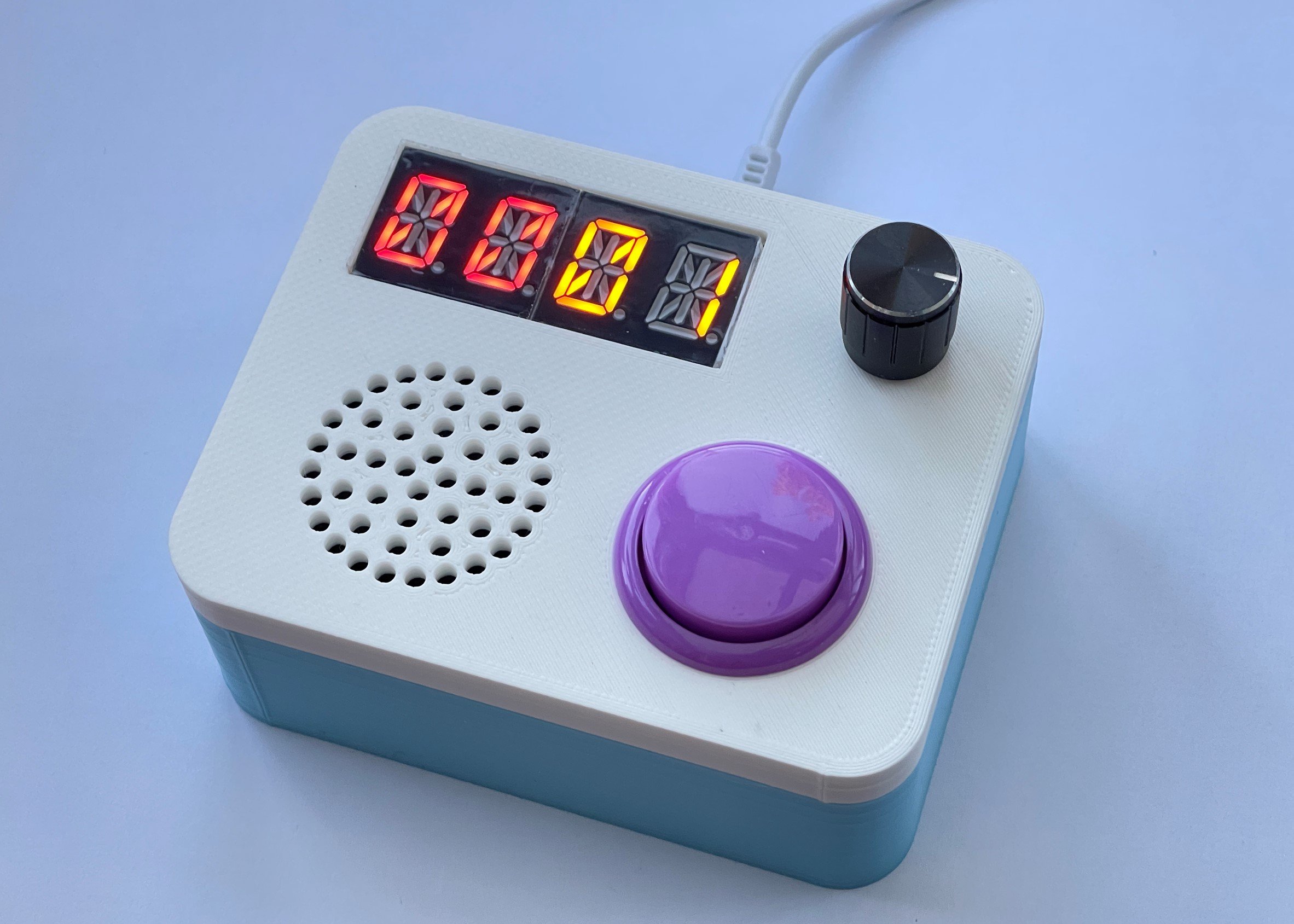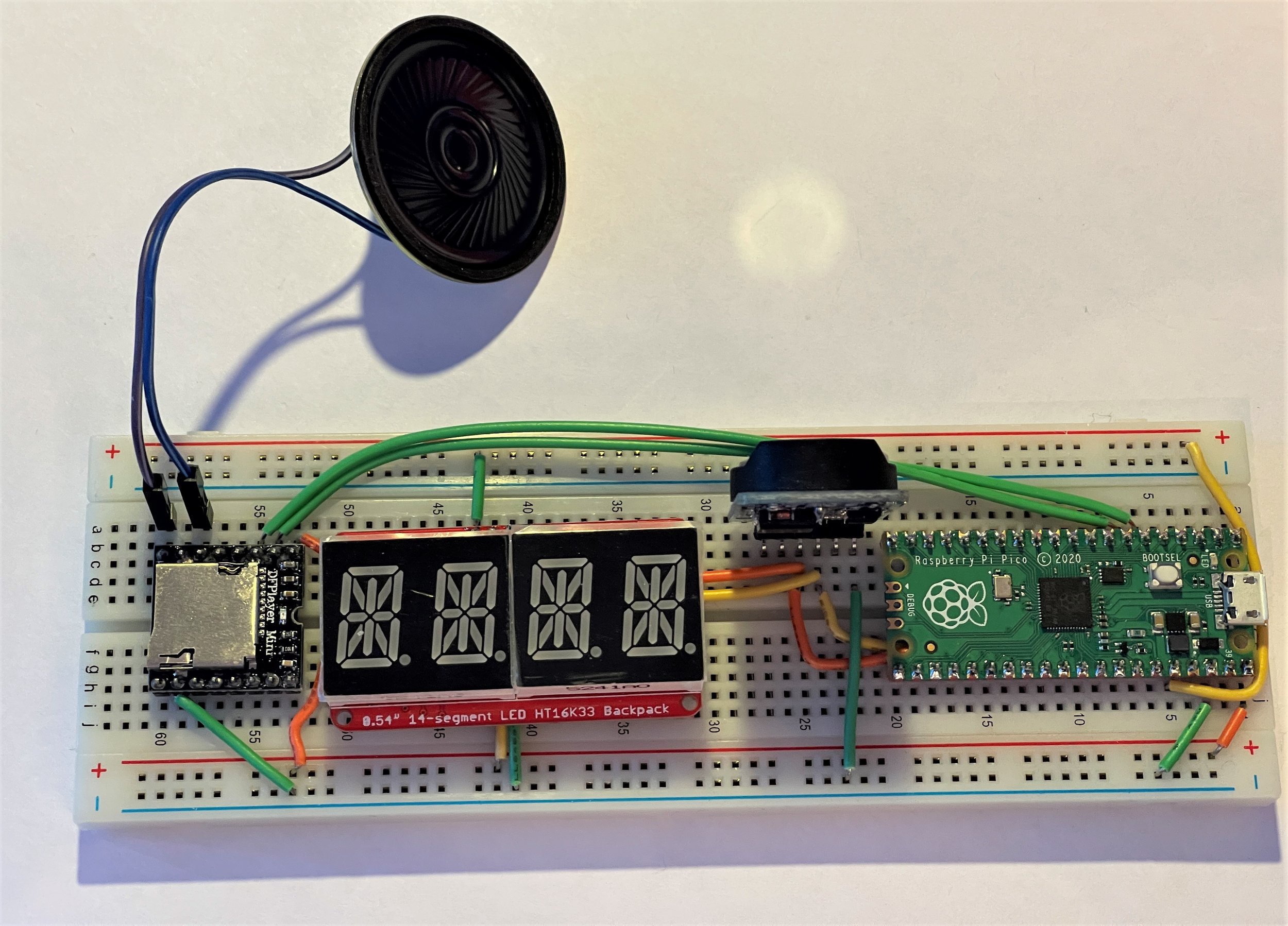Heading to Driffield
/David asked me if I fancied giving a talk to some sixth formers at Driffield. A chance to perform in front of an interested audience? Count me in. I took along a few toys, the trombone controller and my cut-price laptop. Much fun was had. The students were great. Lots of lovely questions (although one person did ask how tall I am - and after I had specifically told them not to do that). Kids eh?
I love telling the tale of embedded development. This is the best time ever to be doing it. Making stuff has never been so easy, so cheap, and so useful for building up your personal brand. I’m looking forward to going back some time in the future to see what they have been making.
David had brought in some trombones for me to look at, including the super shiny one above. It was nice to be able to compare the action of my sensor with something real.



















